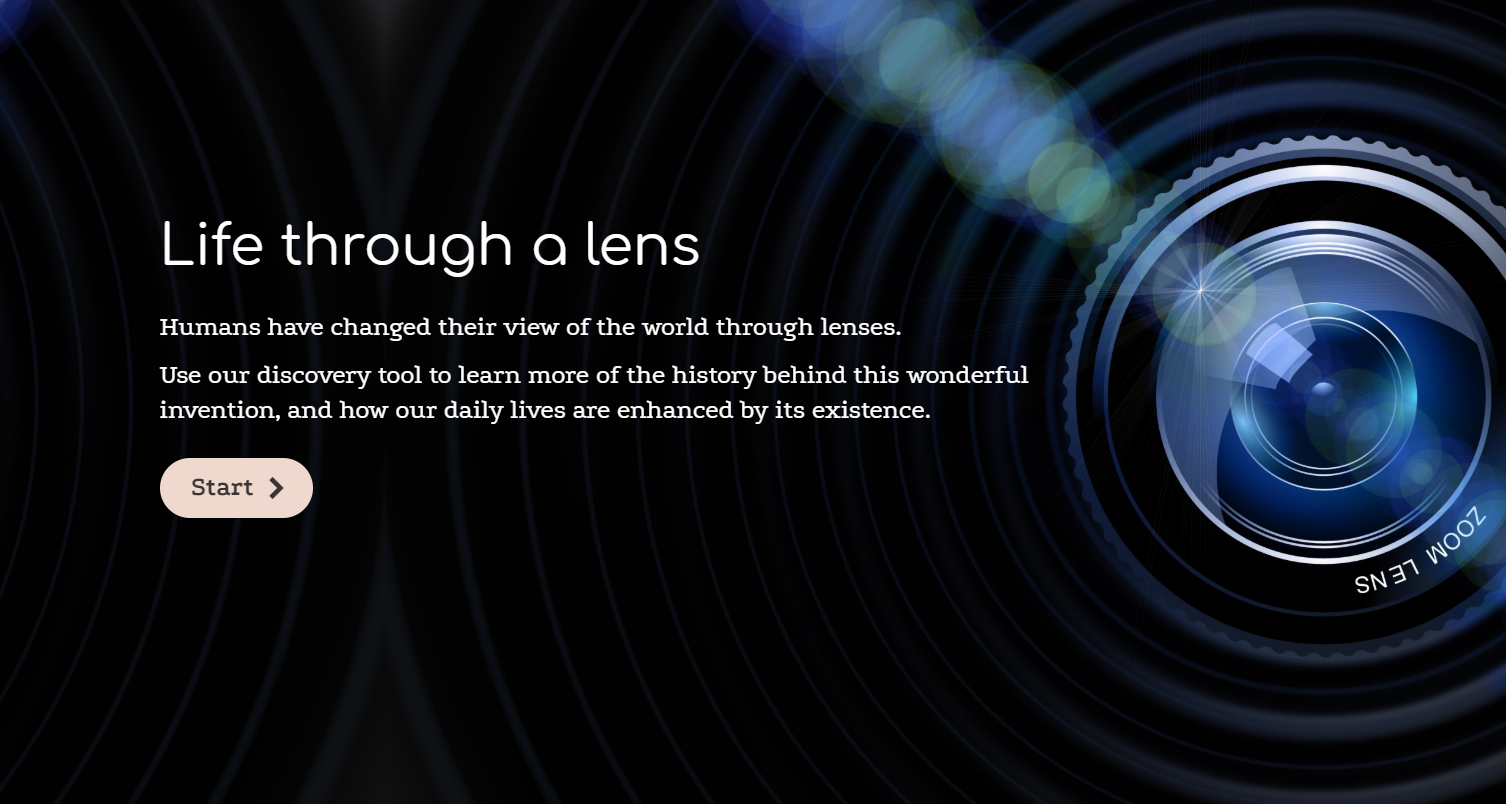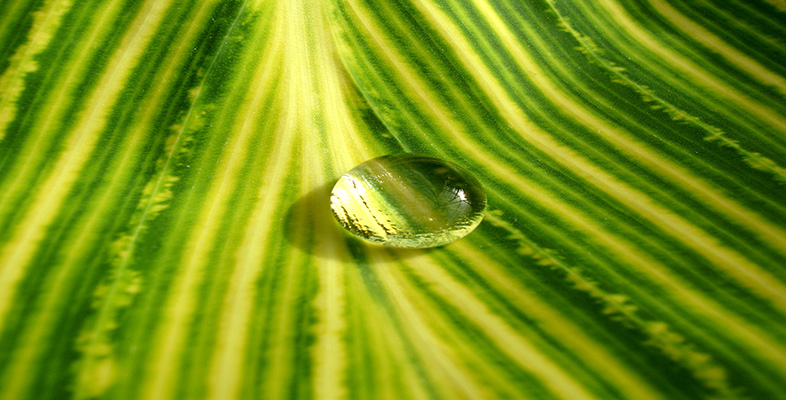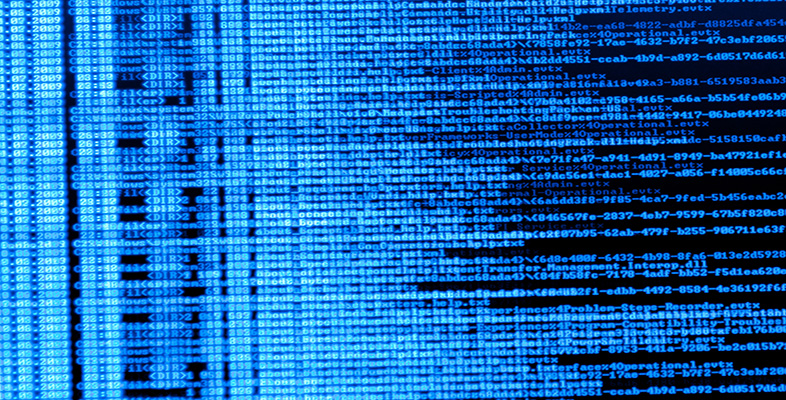You might be reading this now with your prescription glasses on: two lenses custom-made just for you. If you have perfect vision, you probably carry a tiny lens with you all the time in the form of your camera on your mobile phone. How old is this astonishingly adaptable technology?
Lenses are objects where art and science meet. Human curiosity about miniature worlds and worlds beyond our own has been driven by scientists and artists, often sharing the technology of lenses to see further and closer. Scientists and artists have made observations and found solutions to the problem of how to record what the lens reveals. New knowledge has come through the lens. Image manipulation isn’t a new problem, it is also an artist’s response to shaping and editing the observable world.
To explore the history behind all things relating to lenses, enter our interactive below:
Instructions - For the best results, use a modern web browser. Upgrade to the latest version of Internet Explorer or try a free alternative like Google Chrome, Firefox or Safari.





Rate and Review
Rate this activity
Review this activity
Log into OpenLearn to leave reviews and join in the conversation.
Activity reviews